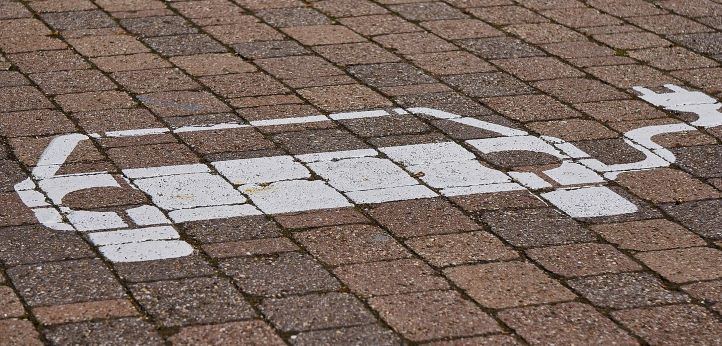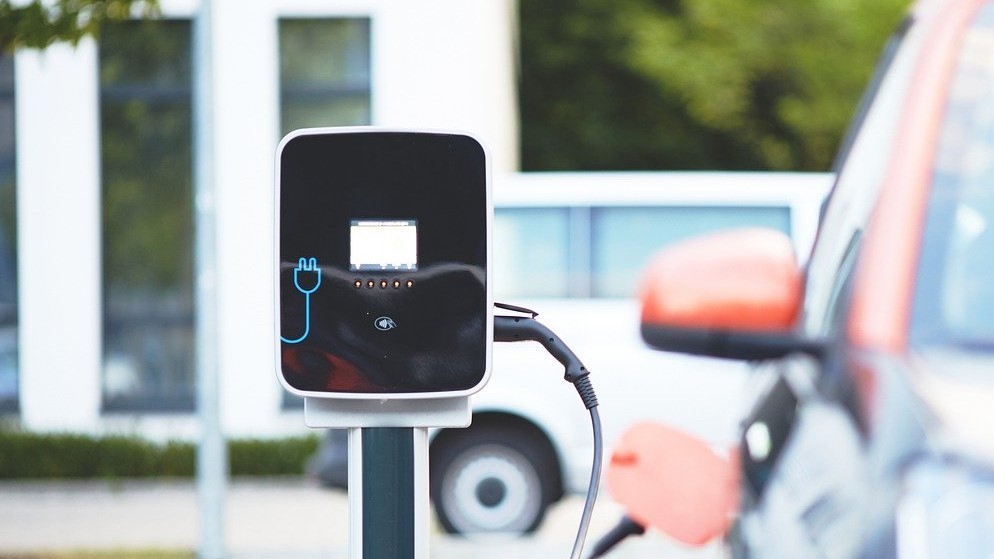Following the agreement in the trilogue, it is now clear that CO2 emissions from new passenger cars will be reduced significantly more than previously planned by 2030. From 2035, new cars will no longer be allowed to emit CO2.
Reinhard Zirpel, President of the Association of International Motor Vehicle Manufacturers (VDIK), comments: “The die is now finally cast. The European Union will once again massively tighten the CO2 fleet limits for new cars. The international manufacturers are determined to achieve these targets and thus to advance climate protection. However, the ball is now in the EU’s and its member states’ court. After all, the future CO2 targets can only be achieved at all with strong financial framework conditions and an excellent charging infrastructure. The fact that the German government, for example, is cutting purchase subsidies for electric cars in the face of these major challenges does not fit the picture.”
As part of their globally oriented corporate strategies, the international vehicle manufacturers are each setting their own priorities for the powertrains of the future: Electric cars, hybrids, and fuel cell vehicles, as well as increasingly fuel-efficient gasoline and diesel engines, will help achieve CO2 fleet targets in the coming years. Zirpel: “The international manufacturers are achieving the CO2 targets in different ways. In Europe in particular, it should therefore continue to be possible to use all drive technologies that enable climate-friendly mobility.”





